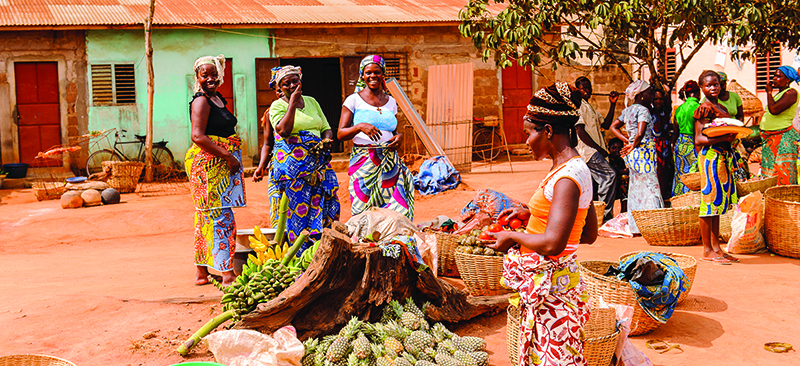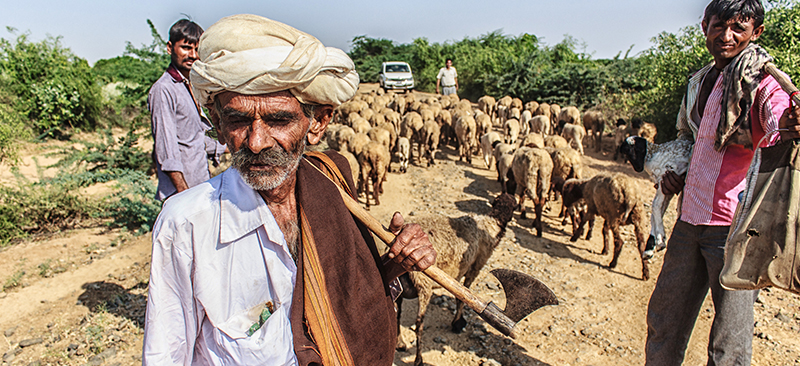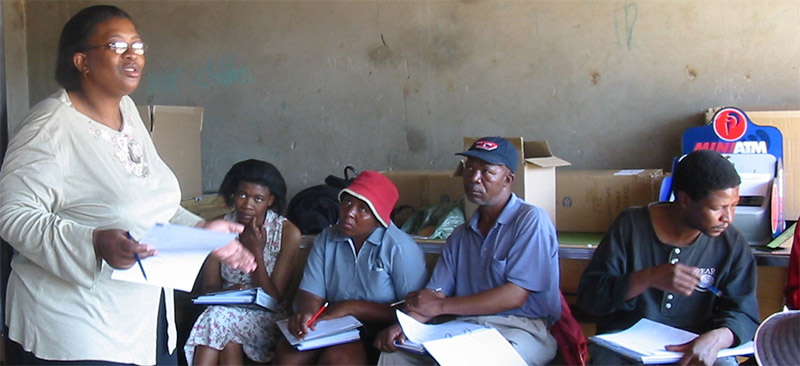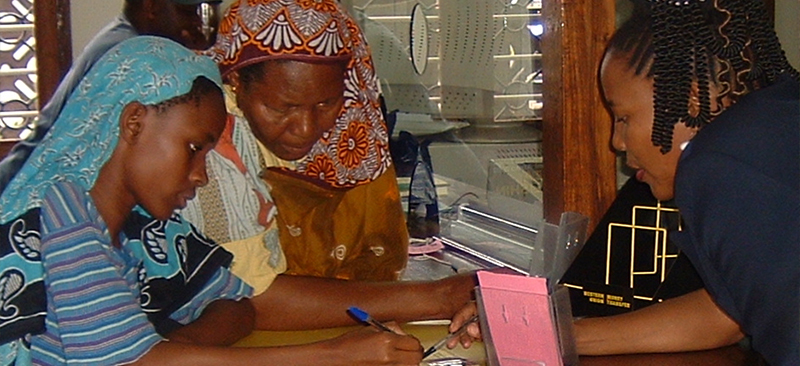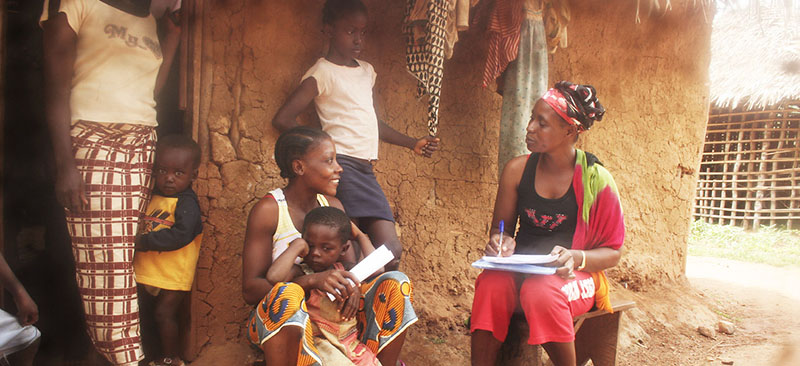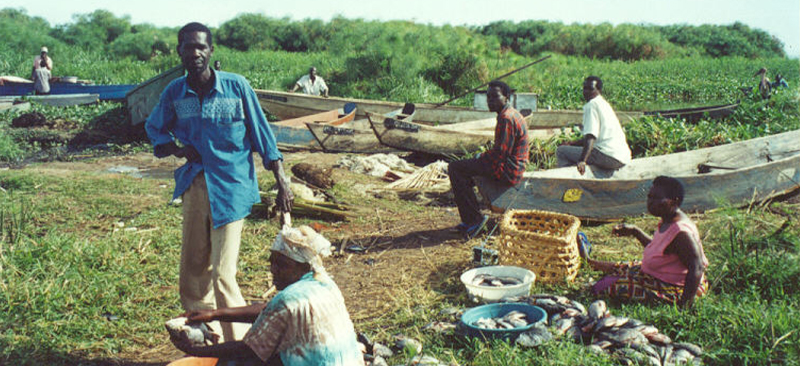Two different strategies are pursued by outside agencies (be they development or private sector) and by poor people themselves as they seek to design and deliver financial services. The former tend to use a strategy of “permanence and growth” and look to create sustainable institutions that deliver financial services to an ever increasing number of clients – such as MFIs, banks, and co-operatives. By contrast, poor people generally use a strategy of “replication and multiplication” and look to create many small self-contained, often self-liquidating, schemes – such as RoSCAs and Christmas clubs.
Blog
Digital Governance in Developing Countries: Beneficiary Experience and Perceptions of System Reform in Rajasthan, India
The latest paper from Centre for Global Development on digital governance in developing countries provides a picture of the perceived impact of digitization reforms in Rajasthan. The study is based on a survey of beneficiaries of several benefit programs in India, which is at the forefront of the use of digital technology to transform the way in which citizens interact with states.
How Ecosystem Issues Fail Rural FIS to promote Digital Financial Services:Observations from MFIs in Tanzania
MFIs have been central to expanding financial inclusion, creating an opportunity for the rural population and women to enter the financial sector. Further, MFIs enable many poor clients to manage emergencies, raise their incomes and improve living standards. But there is still far to go. According to Global Findex data, financial exclusion affects a particularly high proportion of women, young people and people living in rural areas. While the advantages of digital transformation for MFIs are set to be numerous, MicroSave takes stock on how ecosystem issues fail rural FIs to promote digital financial services.
How ecosystem issues fail rural FIs to promote digital financial services: Observations from MFIs in Tanzania
Still to upload…
How ecosystem issues fail rural FIs to promote digital financial services: Observations from MFIs in Tanzania
MFIs have been central to expanding financial inclusion, creating an opportunity for the rural population and women to enter the financial sector. Further, MFIs enable many poor clients to manage emergencies, raise their incomes and improve living standards. But there is still far to go. According to Global Findex data, financial exclusion affects a particularly high proportion of women, young people and people living in rural areas. While the advantages of digital transformation for MFIs are set to be numerous, MicroSave takes stock on how ecosystem issues fail rural FIs to promote digital financial services.
Financing Smallholder Farmers in the Digital Age: Lesson Across Africa
There are 570 million smallholder farmer households in the world. Of these smallholder farmer households, 270 million remain financially excluded. In Sub-Saharan Africa, only about 10 percent of banks provide financing to smallholder farmers. In attempting to answer the question of why the supply for financing is very low in Sub-Sahara Africa, this brief provides an overview of the capacity, operational and product-related lessons learnt by MicroSave in supporting financial service providers in Africa.
